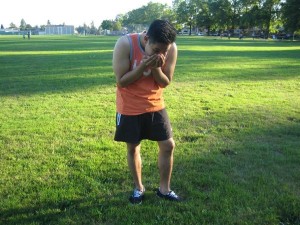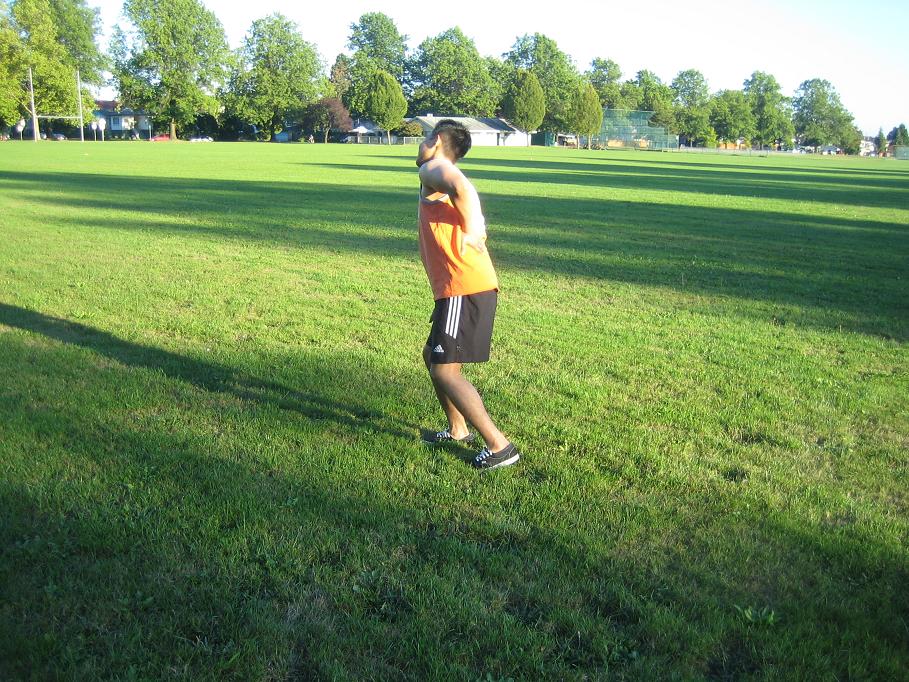Urinary incontinence is loss of bladder control which is an embarrassing condition. The severity ranges from occasional leaking of urine when coughing or sneezing and having an urge to urinate that is so sudden and strong that the urine is already leaking before reaching the toilet in time.
Types of urinary incontinence
- Urge incontinence happens when an overactive bladder causes a sudden urge to urinate causing involuntary loss of urine. There is a need to urinate often.
- Stress incontinence occur when performing vigorous exercises, coughing, jumping, sneezing and laughing places pressure on the bladder and releases urine.
- Overflow incontinence is inability to empty the bladder that result to frequent dribbling urine.
- Functional incontinence is a physical or mental injury that keeps the affected person incapable to go to the toilet in time.
- Mixed incontinence is having one or more types of urinary incontinence.
Causes

- Urinary incontinence can be caused by age since the muscles of the bladder becomes weak as the person ages.
- Weakened pelvic floor caused by childbirth, enlarged prostate, menopause, damage to the nerve, urinary stones, urinary tract infections, constipation and an overactive bladder.
- Certain food and beverages stimulates the bladder and results to temporary incontinence.
Treatment
- Exercising the pelvic floor is very helpful with urinary incontinence especially in the early stages of the condition. It improves bladder control and lessens the leakage of urine in both men and women. It also lessens stress and urge incontinence. When emptying the bladder, stop in middle of urinating and then start again. The muscle that is being used during the process is the pelvic floor muscles. Perform this procedure at least 8-12 repetitions at least 3 times every day.
- Perform yoga since it tightens the muscles that controls the urethral sphincter. Yoga relaxes and lessens the anxiety and depression caused by urinary incontinence.
- In glass of water, mix 1-2 teaspoon of raw, unfiltered apple cider vinegar and then add a little honey. Drink this solution 2-3 times every day for the best results. Apple cider vinegar eliminates toxins from the body and fights infections of the bladder. It also reduces the body weight that can help minimize pressure on the bladder.
- Take the prescribed 350 mg of magnesium hydroxide supplements at least 2 times for several weeks. Try to include magnesium-rich foods such as seeds, nuts, bananas and yogurt.
- In a bath tub filled with warm water, mix 1-2 cups of Epsom salt and soak the body in the salt water bath. Epsom salt contains magnesium sulfate and can be absorbed in the skin.
- Expose the body in the early morning sunlight for at least 10 minutes every day to nourish the body with Vitamin D. Eat foods rich in Vitamin D such as oysters, fish, egg yolks, fortified milk and other dairy products. Take the prescribed Vitamin D supplements.
- Drink plenty of fluids to prevent dehydration.
FACT CHECK
https://en.wikipedia.org/wiki/Urinary_incontinence
https://www.medicalnewstoday.com/articles/165408.php
https://www.mayoclinic.org/diseases-conditions/urinary-incontinence/symptoms-causes/syc-20352808

